Duration: 6 Nights
Highlights: Dochula Festival or Tshechu, Druk Wangyel Tshechu, is commissioned by the Queen Mother Ashi Dorji Wangmo Wangchuck in 2011. This is a unique festival as the festival is fully performed by the Royal Bhutan Army rather than the monastery. The soldiers have been given three months training in folk and mask dance.
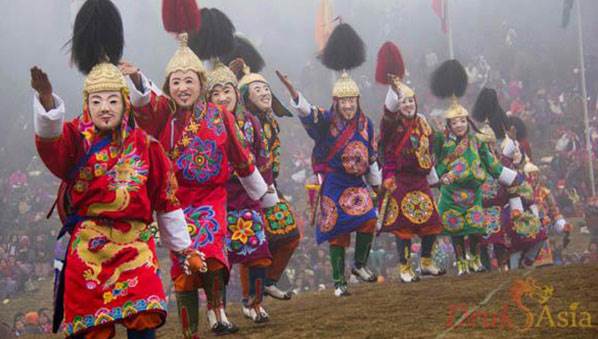
Strolling around Thimphu town offers a delightful blend of tradition and modern life in Bhutan’s capital. Start at Clock Tower Square, the lively heart of the city—adorned with carved wooden façades, prayer wheels, and water fountains—and a charming spot to linger while locals chat or browse the weekend market. From here, wander down Norzin Lam, Thimphu’s main street, where boutique shops, handicraft stores, and cafés invite you in. Along the way, admire traditional architecture—ornate wood carvings, colourful murals, and fluttering prayer flags—woven seamlessly into everyday life.
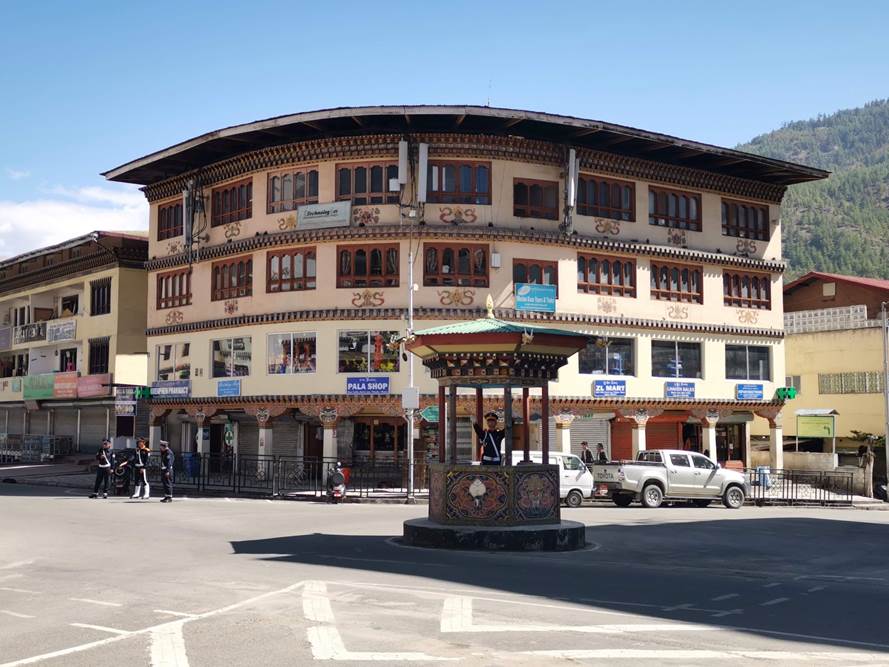
As dusk falls, Tashichho Dzong transforms into a shimmering jewel in the heart of Thimphu. Floodlit in warm amber and red tones, its towering white walls and golden roofs glow against the deepening night sky, creating an almost magical silhouette. The courtyard falls silent after evening prayers, and you're left alone to appreciate the sheer scale and serenity of Bhutan's political and spiritual centre. Many visitors linger past the flag-lowering ceremony just to soak in the twilight atmosphere when the lights first bathe the dzong, making for a photographer’s dream and a heartfelt moment of calm.
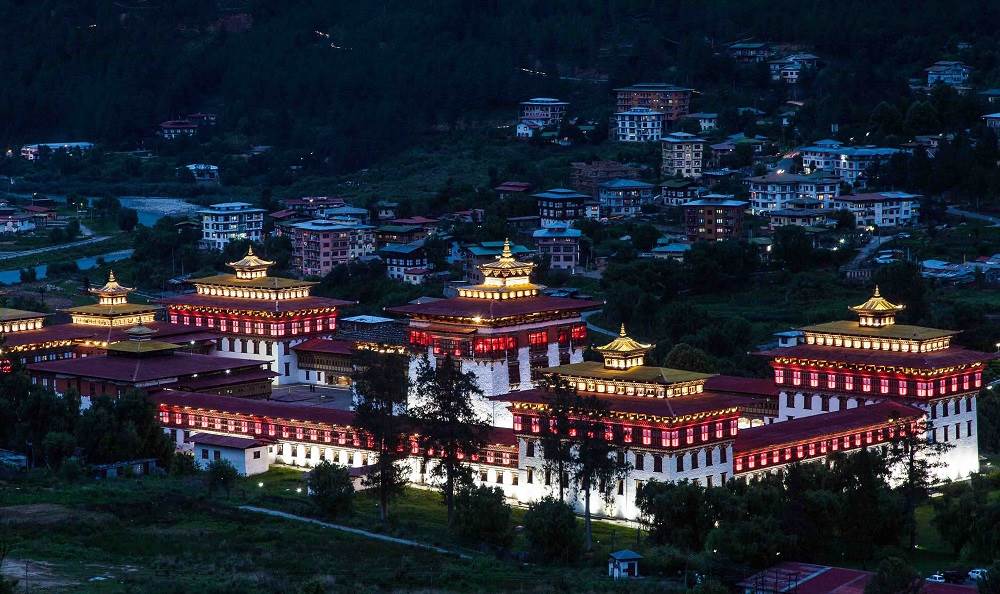
Towering above Thimphu Valley from the tranquil Kuenselphodrang Nature Park, the majestic Buddha Dordenma is a sight to behold. Standing at a staggering 51.5 metres, this golden statue is one of the largest seated Buddhas in the world—and it’s not just its size that impresses. Nestled inside are over 100,000 smaller Buddha statues, each crafted with the same devotion and detail. More than a monument, the Buddha Dordenma is a symbol of indestructibility and spiritual awakening, believed to bless the land with peace and harmony.
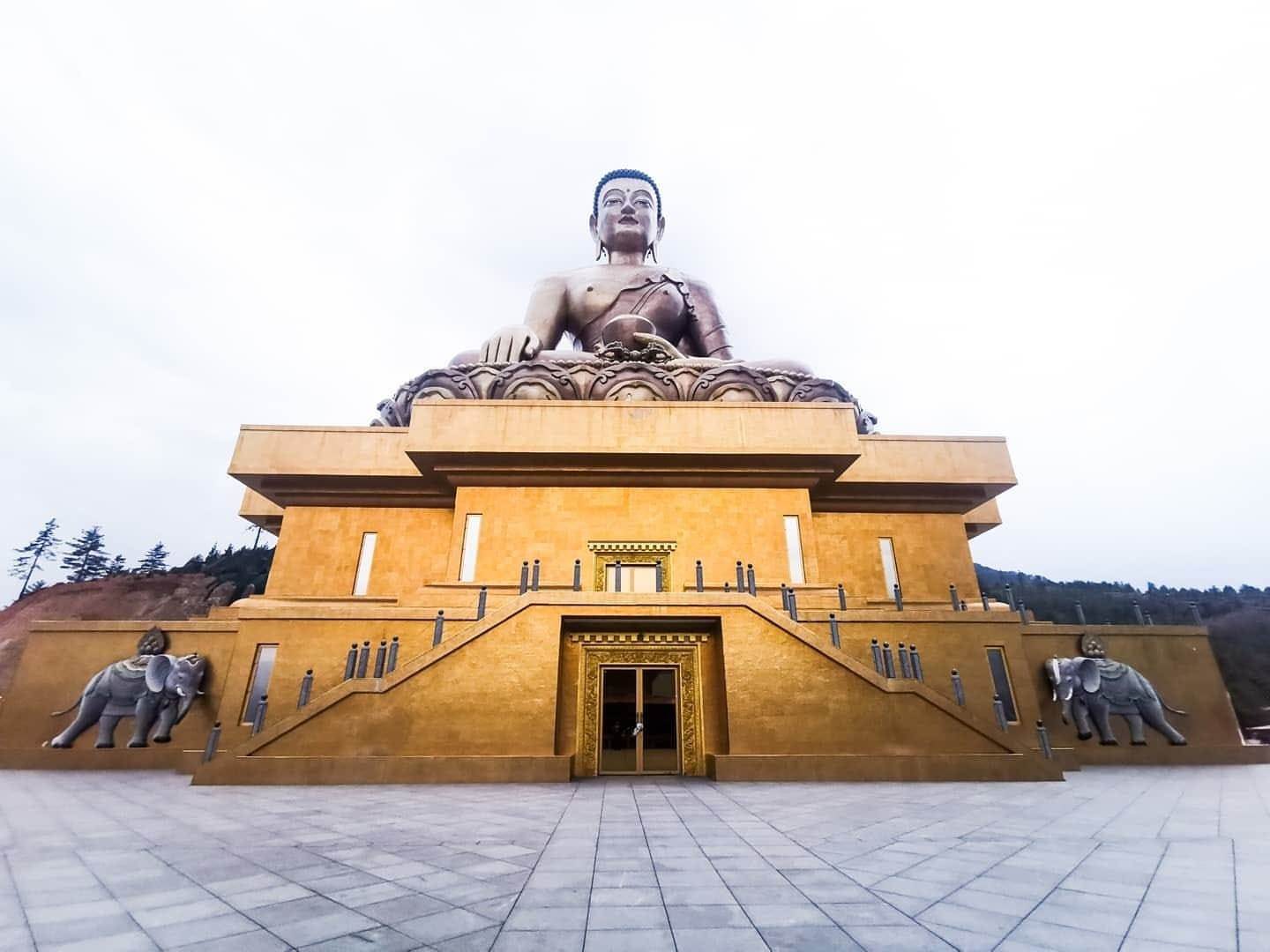
Immerse yourself in the spiritual rhythm of Thimphu with a visit to the National Memorial Chorten, where locals—especially the elderly—gather daily to walk in prayerful circles, spinning prayer wheels and murmuring mantras in a peaceful flow of devotion. Built in 1974 to honour the beloved Third King, this white-washed stupa is a living sanctuary. Step inside and you’ll find vibrant murals, intricate mandalas, and detailed sculptures that beautifully illustrate Buddhist teachings. If you're seeking serenity or a glimpse into Bhutanese spiritual life, this is a place that quietly leaves a lasting impression.
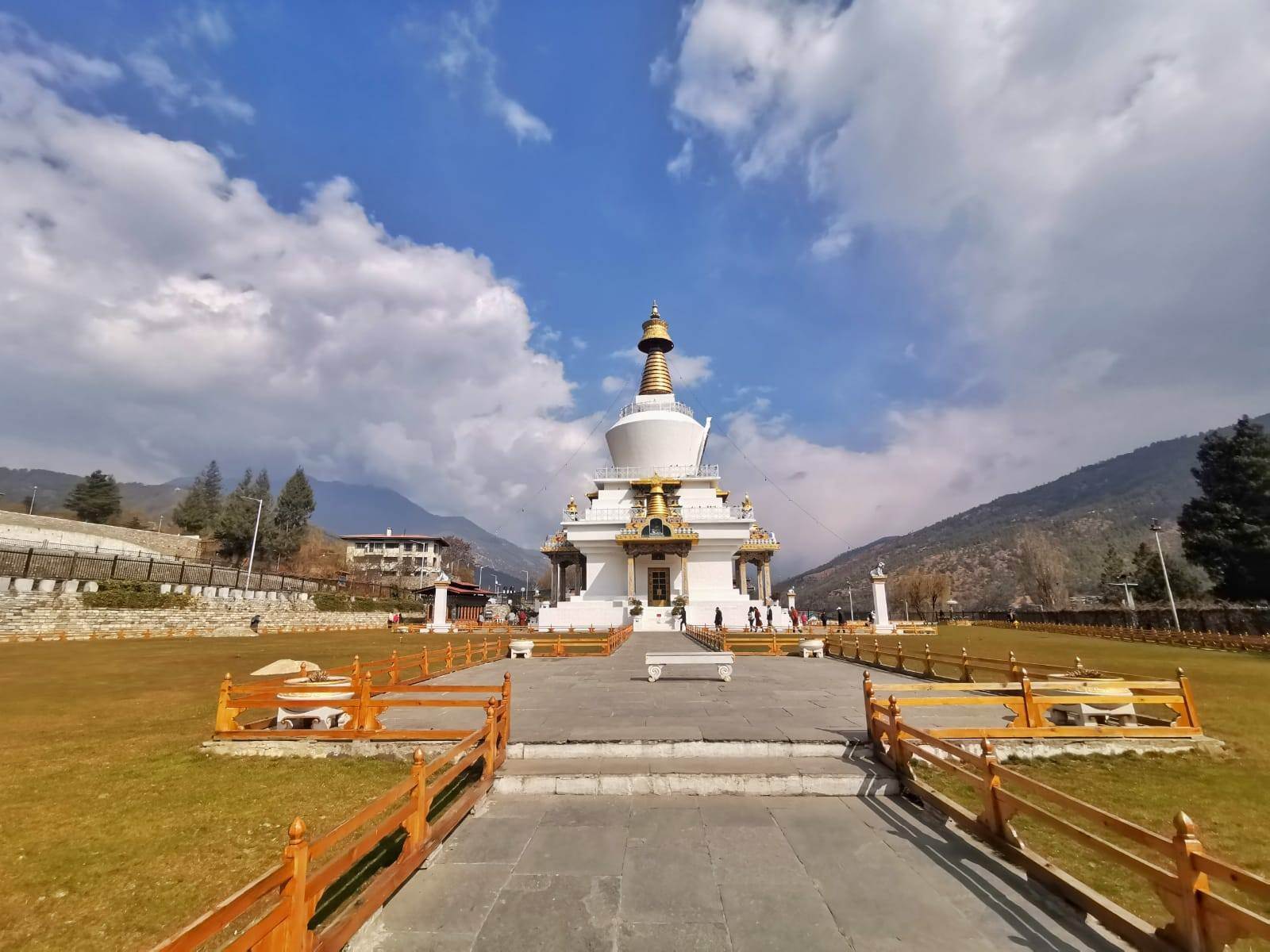
The General Post Office in Thimphu is more than just a postal hub—it’s a delightful cultural gem. Housed in a graceful Dzong-style building near Changlam Square, it’s home to the Bhutan Postal Museum set up in 2015, where five galleries chronicle the fascinating evolution of Bhutan’s postal system, from royal messengers to modern postage stamps. The real treat? You can create personalised, fully functional Bhutanese postage stamps—complete with your own photo—for a small fee of around 500 Nu (roughly USD7), and send postcards adorned with your face from this charming mountain kingdom.
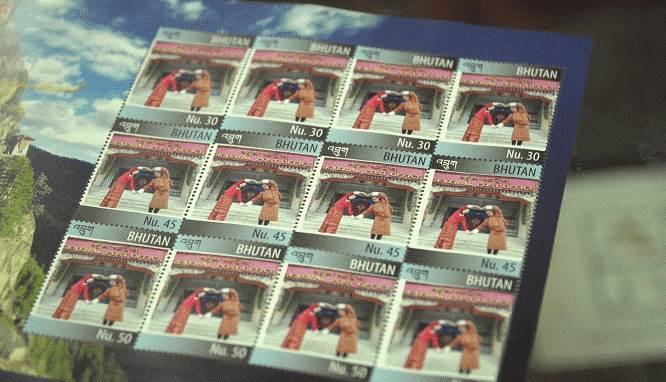
Visiting the Motithang Takin Preserve in Thimphu is a delightful and serene experience—it’s the national animal’s very own sanctuary, nestled just 15–20 minutes from the city centre. What began as a humble mini-zoo became something far more fitting: a forested 3.4-hectare reserve where takin, Bhutan’s unique goat–cow creatures, have chosen to stay even when released into the wild. It’s a charming, low-key wildlife encounter that captures Bhutan’s gentle spirit—perfect for families, nature lovers, and anyone curious about the country’s living symbols.
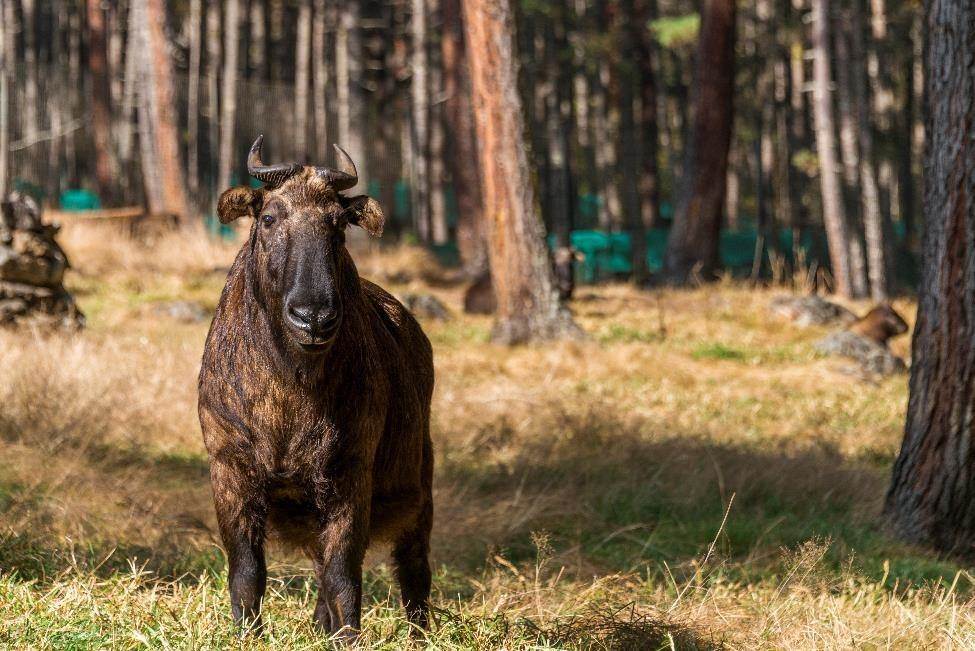
Tashichho Dzong, often called the “Fortress of the Glorious Religion,” is one of Thimphu’s most iconic landmarks—and a must-visit for anyone wanting to understand the soul of Bhutan. First built in 1641 and later restored by the visionary Third King, Jigme Dorji Wangchuck, this grand fortress sits majestically along the banks of the Wang Chhu River. By day, it functions as the seat of Bhutan’s government and religious affairs, housing key ministries, His Majesty’s office, and the central monastic body. By evening, it transforms into a serene and majestic sight, its golden roofs glowing against the backdrop of the setting sun. You can stroll through its beautifully maintained courtyards, admire traditional Bhutanese architecture, and get a rare glimpse into the harmonious blend of spiritual and administrative life.
-656.jpg)
Perched at an altitude of 3,100 metres, Dochula Pass is one of Bhutan’s most serene and awe-inspiring mountain passes. Often cloaked in mist and prayer flags fluttering in the breeze, it’s a place where time seems to slow down. The pass is adorned with 108 memorial chortens, built in honour of Bhutanese soldiers, and offers panoramic views of the snow-capped Himalayan range on clear days. Whether you're pausing for reflection or simply soaking in the stillness, Dochula invites you to breathe deeply, feel the peace, and reconnect with the beauty of the journey.
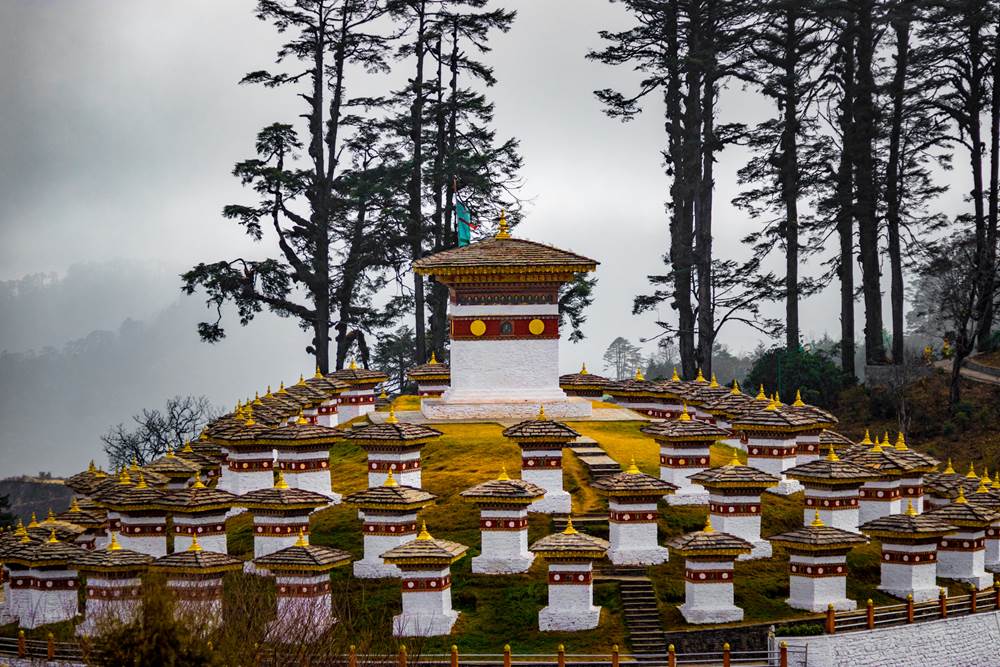
Nestled in the charming village of Sopsokha, Chimi Lhakhang—also known as the Fertility Temple—stands atop a gentle hill near Lobesa. Built in 1499 by Ngawang Choegyel, the 14th Drukpa Hierarch, the monastery is dedicated to the revered and unconventional saint, Lama Drukpa Kunley, famously known as the Divine Madman for his unorthodox teachings and eccentric behavior. To reach the temple, enjoy a scenic 30-minute walk through terraced paddy fields and a quaint village path. Pilgrims from all over the world visit Chimi Lhakhang to seek blessings for fertility, and many couples have returned to share stories of their answered prayers. A visit here offers not only cultural insight but also a peaceful connection with Bhutan’s spiritual traditions.
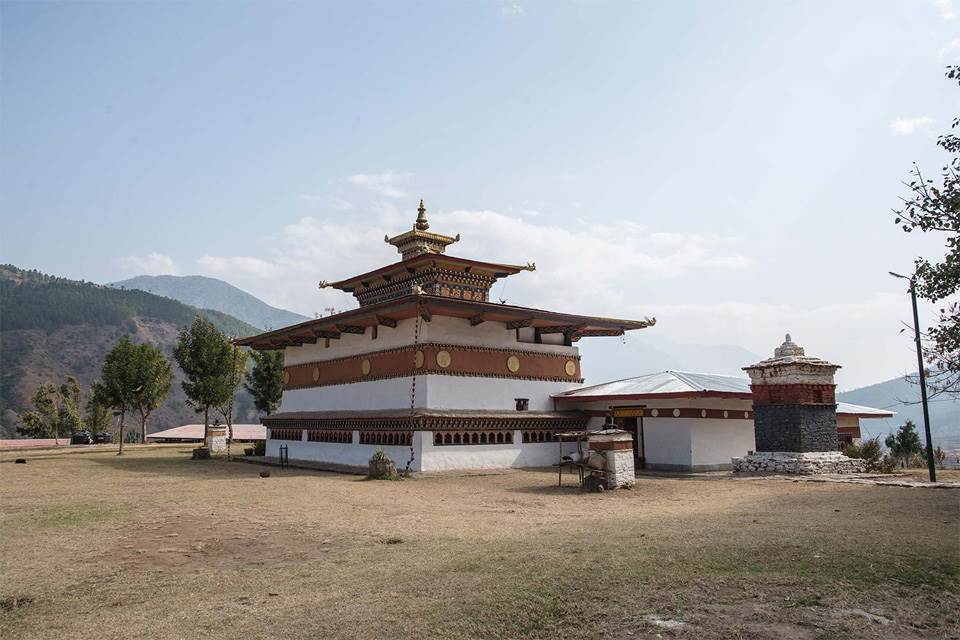
Step into the heart of Bhutanese history and spirituality with a visit to Punakha Dzong, one of the most iconic and breathtaking fortresses in the country. Nestled at the sacred confluence of the Pho Chu and Mo Chu rivers, this architectural masterpiece was built in 1637 by Zhabdrung Ngawang Namgyal, the great unifier of Bhutan. As you cross the traditional wooden cantilever bridge and approach the grand whitewashed walls, you’ll be walking the very grounds where Bhutan’s dual system of governance was first introduced—and where the first King, Gongsar Ugyen Wangchuck, was crowned in 1907. Despite enduring fires and an earthquake, the dzong stands today fully restored—thanks to the vision of the 4th King, Jigme Singye Wangchuck. It now serves as the winter residence of the Je Khenpo, the spiritual head of Bhutan, and houses a monastic community of over 1,000 monks. Marvel at the intricate woodwork and artistry that adorn the halls and courtyards, and let the sacred energy of this historic site leave a lasting impression on your journey.
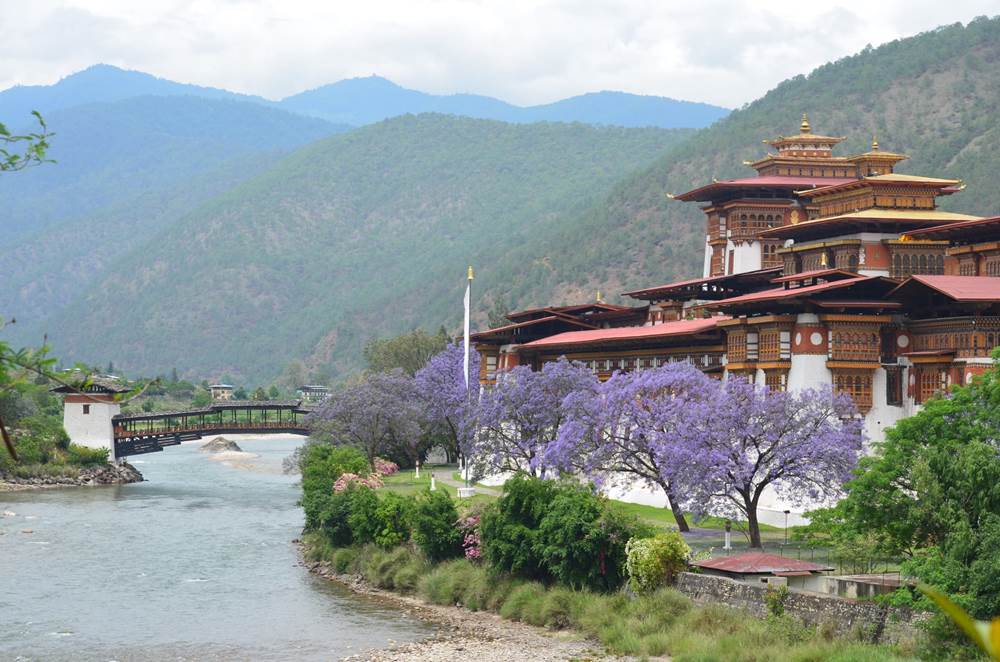
Stretching 160 metres across the Pho Chhu River, this is the longest suspension bridge in Bhutan. From its swaying span, you’ll be treated to breathtaking views of the majestic Punakha Dzong and the lush Pho Chhu Valley—an unforgettable vantage point for photos and quiet reflection.
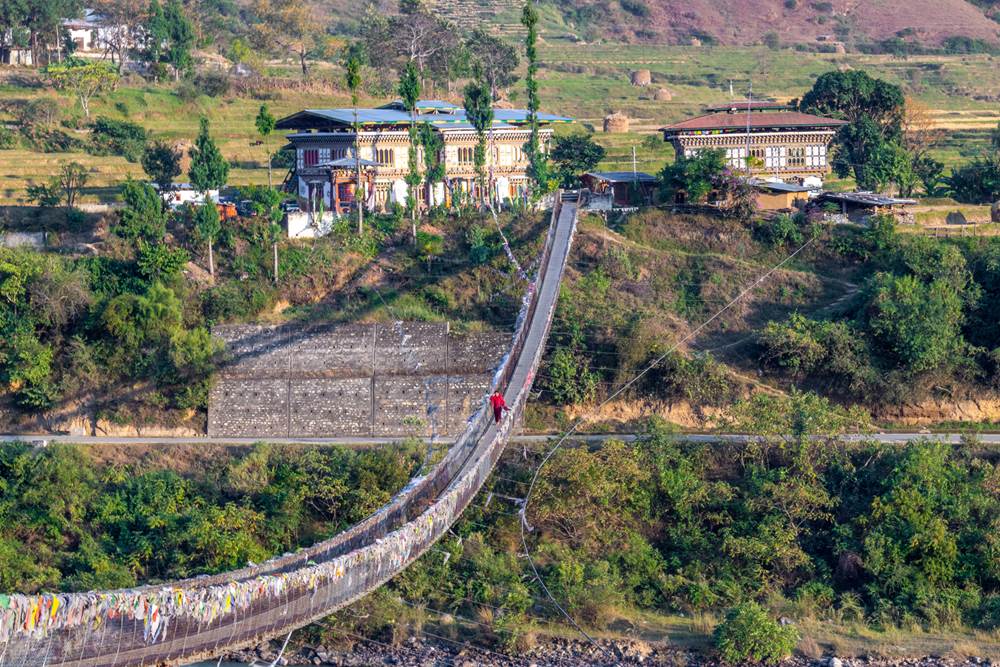
The Dochula Druk Wangyel Tshechu is a unique and visually striking one-day festival held annually on 13th December, at the scenic Dochula Pass, surrounded by 108 memorial chortens and panoramic views of the snow-capped Himalayas. Unlike most tshechus, this celebration was established in honour of Bhutan’s military victories and to pay tribute to the armed forces, blending traditional masked dances with powerful themes of national pride and spiritual protection. Monks and lay performers in elaborate costumes perform sacred cham dances, set to the sounds of trumpets, cymbals, and Buddhist chants. With its dramatic setting and meaningful symbolism, the festival offers a rare and unforgettable opportunity to witness Bhutanese culture at its most majestic and heartfelt.
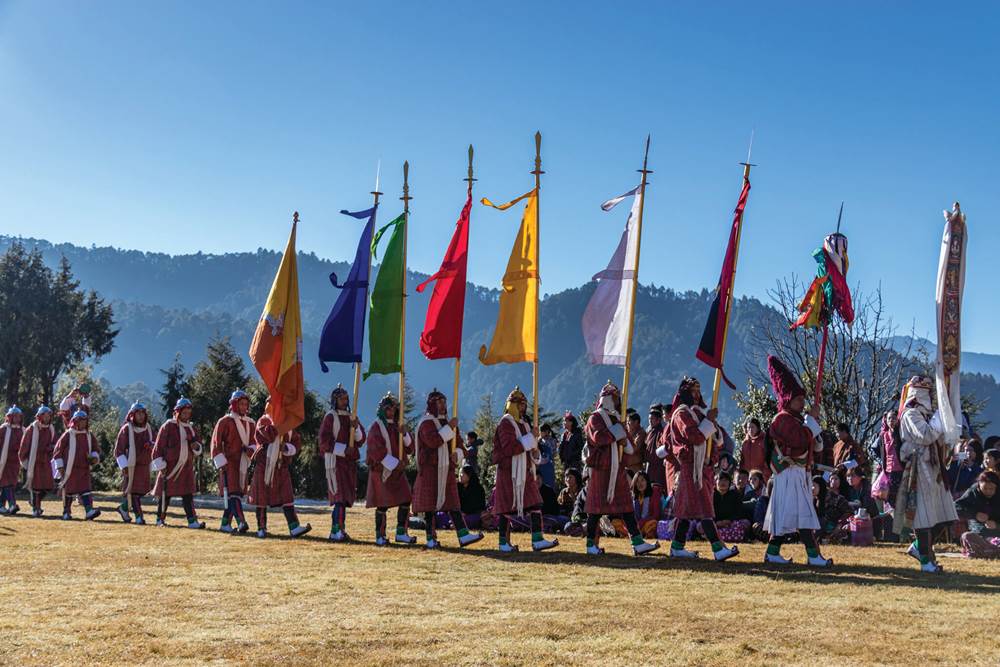
Make a memorable stop at Tachog Lhakhang, a sacred 14th-century temple founded by the legendary Tibetan yogi and master bridge-builder, Thangtong Gyalpo. Reached by a short, scenic walk across a traditional iron chain bridge, the temple rests gracefully on a hillside, offering serene views over the glistening Paro River below. Legend has it that Thangtong Gyalpo meditated here for seven days and received a vision to build the temple, making this spot spiritually significant. The name Tachog Gang, meaning “Hill of the Excellent Horse,” reflects its sacred geometry and auspicious location. Inside, you'll find unique wall paintings and statues that tell the story of a dakini and her divine child, Dewa Zangpo. This serene detour offers not only a glimpse into Bhutan’s mystical past but also stunning views and a peaceful atmosphere perfect for quiet reflection. Duration: 30–45 minutes Difficulty: Easy, short walk (some uneven steps and crossing a suspension bridge)
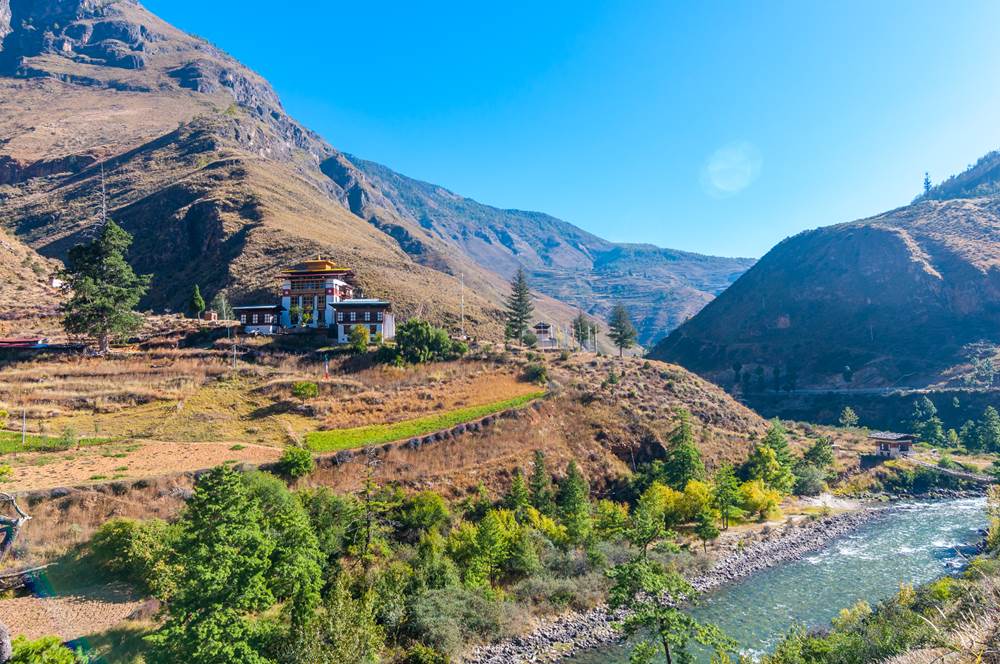
Paro Valley is one of Bhutan’s most breathtaking regions, offering a stunning blend of natural beauty, cultural depth, and spiritual heritage. The beautiful valley is home to many of Bhutan's oldest monasteries and temples. At the northern end of the valley towers Mount Jomolhari, rising to 7,300 metres, whose glacier-fed waters form the Pachu River that flows serenely through the valley. Surrounded by pine forests, terraced fields, and traditional farmhouses, Paro Valley captures the timeless charm of Bhutan, making it an unforgettable destination for nature lovers and culture seekers alike.

Paro Dzong—also known as Rinpung Dzong, or the “Fortress of a Heap of Jewels”—is a spectacular hilltop monastery-fortress overlooking the Paro River and valley. Built in 1646 on an earlier temple site, it remains one of the finest examples of Bhutanese architecture, with soaring wooden beams, an iconic cantilever bridge and numerous shrines and chapels inside. It has served both as a defensive stronghold against Tibetan invasions and as the administrative and monastic centre for Paro district. Today it’s still home to around 200 monks, hosts the colourful Paro Tsechu festival, and offers visitors a serene yet awe-inspiring glimpse into Bhutan’s spiritual and cultural heritage.
-961.jpg)
Perched above Paro Dzong, Ta Dzong is a striking circular fortress that now houses Bhutan’s National Museum. Originally built in 1649 as a watchtower to guard the valley, it was transformed into a museum in 1968 under the initiative of King Jigme Dorji Wangchuck. The museum showcases over 3,000 artefacts spanning more than 1,500 years of Bhutanese history, including ancient weapons, royal heirlooms, religious relics, textiles, and natural history displays. The architecture itself is remarkable, constructed without the use of nails and featuring thick stone-and-wood walls. With panoramic views over Paro Valley, a visit to Ta Dzong offers a rich and immersive journey through Bhutan’s cultural and spiritual heritage.
-494.jpg)
At 1300 years old, Kyichu Lhakhang is one of Bhutan’s oldest and most sacred temples, believed to have been built in the 7th century by Tibetan Emperor Songtsen Gampo as part of a spiritual mission to subdue a demoness and spread Buddhism. Located just north of Paro, it is often referred to as the “Sacred Jewel of Bhutan.” Over the centuries, the temple has been expanded and visited by many great masters, including Padmasambhava. It's a peaceful and deeply spiritual place, cherished by pilgrims and visitors alike.

Immerse yourself in the local way of life with a visit to Kaja Throm, Paro's bustling open-air weekend market. Stroll past colorful stalls offering fresh organic produce, handmade textiles, Bhutanese snacks, and artisanal crafts. It’s the perfect spot to mingle with locals, sample seasonal delicacies, and support small-scale farmers and entrepreneurs.

Sink into the comforting warmth of a traditional Bhutanese hot stone bath—an age-old ritual where nature, healing, and heritage come together in perfect harmony. As fire-roasted river stones are carefully dropped into a wooden tub filled with mineral-rich water, they crackle and hiss, releasing therapeutic heat and minerals believed to soothe tired muscles and boost circulation. Infused with fresh mountain herbs known for their calming aromas and medicinal properties, the bath envelops you in a cocoon of peace and restoration. In the quiet embrace of a rustic bathhouse, you’ll feel stress melt away, leaving only stillness and serenity behind. Additional charges apply.

They say, "a visit to Bhutan is not complete without climbing up to the Tiger's Nest". Taktsang Monastery, famously known as the Tiger’s Nest, is Bhutan’s most iconic landmark, dramatically perched on a cliffside 3,120 metres above sea level in Paro Valley. According to legend, Guru Padmasambhava flew to this site in the 8th century on the back of a tigress and meditated in a cave that now lies at the heart of the monastery. Built in 1692, the complex includes temples, meditation caves, and stunning viewpoints that seem to defy gravity. Reaching the monastery involves a scenic 2–3 hour hike through pine forests and fluttering prayer flags—a spiritual and physical journey that rewards you with breathtaking views and deep serenity.

Travel Tips
Druk Asia
Bhutan Office
Singapore Sales Office
Kuala Lumpur Office
Copyright © 2024 Druk Asia - All Right Reserved
Travel Tips
Druk Asia
Bhutan Office
Singapore Sales Office
Kuala Lumpur Office
Copyright © 2024 Druk Asia - All Right Reserved
